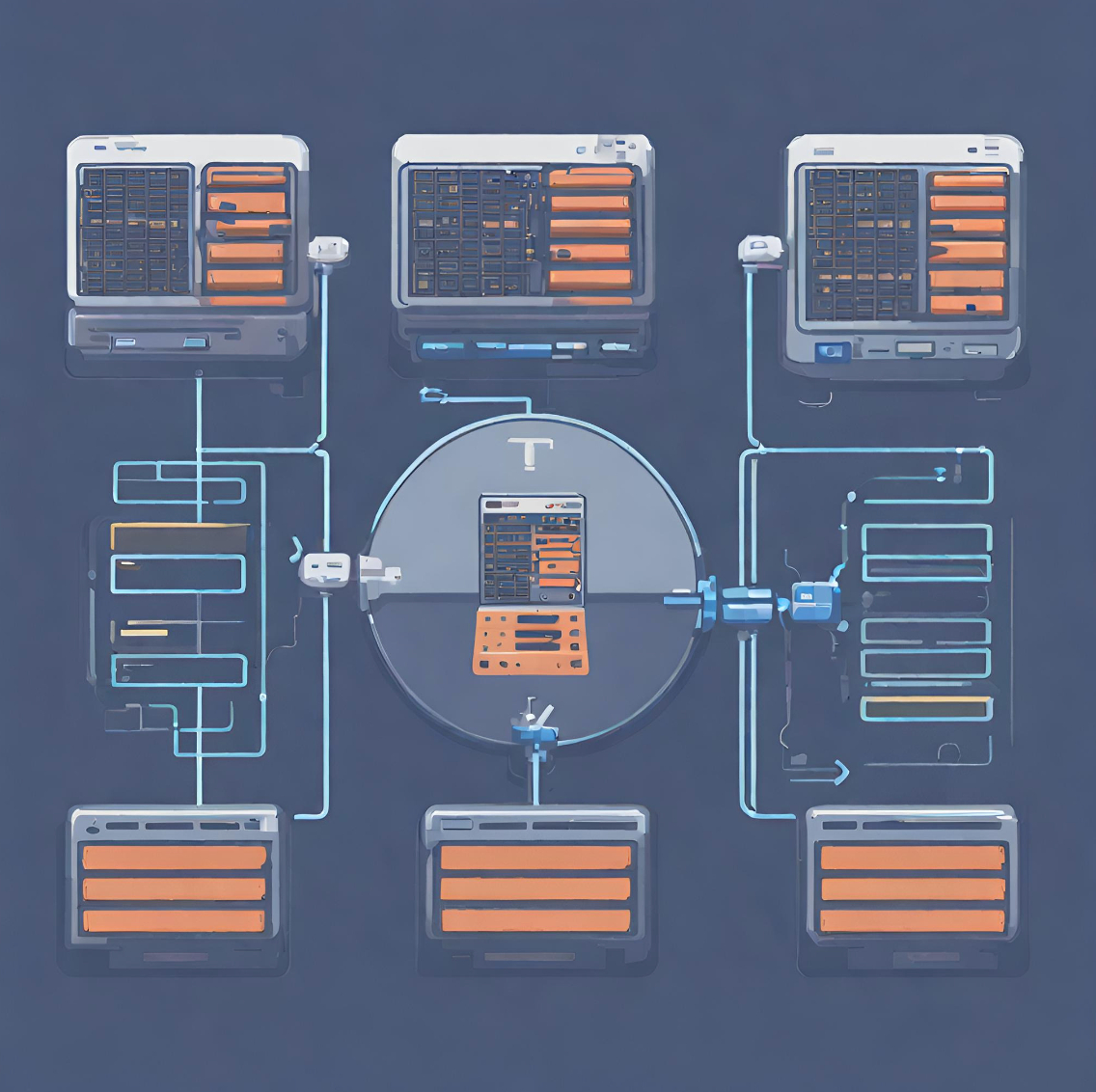Load Balancing For High Performance Computing Using Quantum Annealing:Smoothed Particle Hydrodynamic
by
July 3rd, 2024
Audio Presented by

Workloads align, resources harmonize, Load Balancing's careful orchestration ensures no single point of overload.
Story's Credibility

About Author
Workloads align, resources harmonize, Load Balancing's careful orchestration ensures no single point of overload.